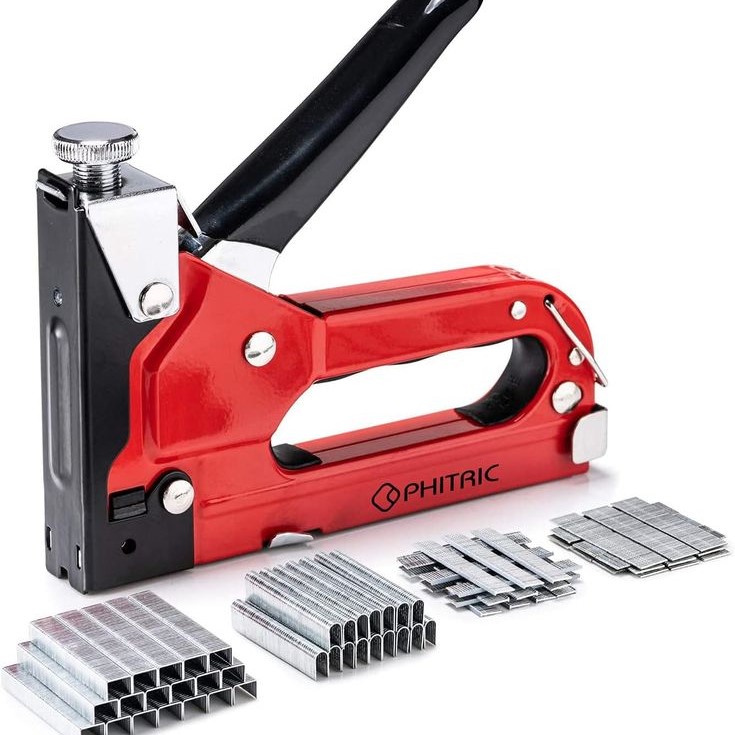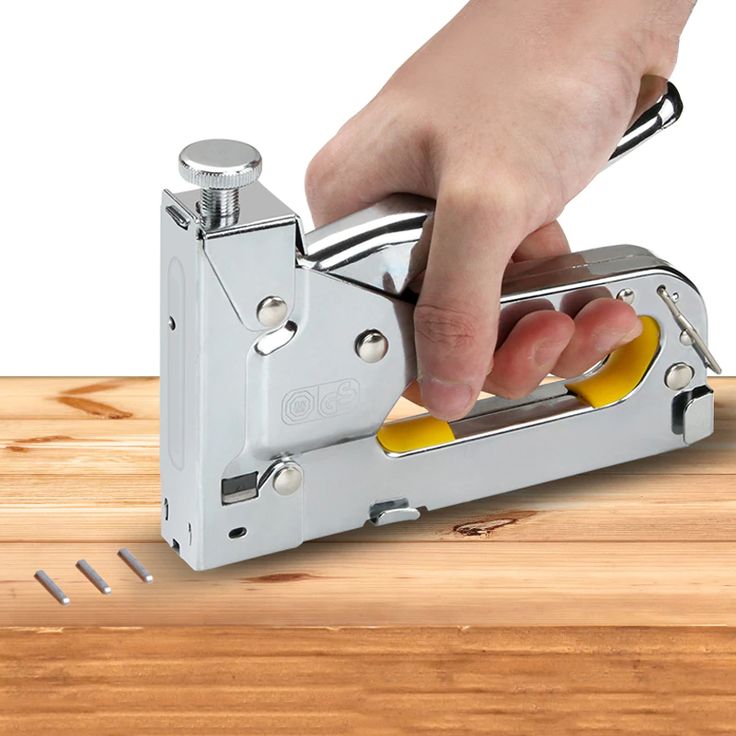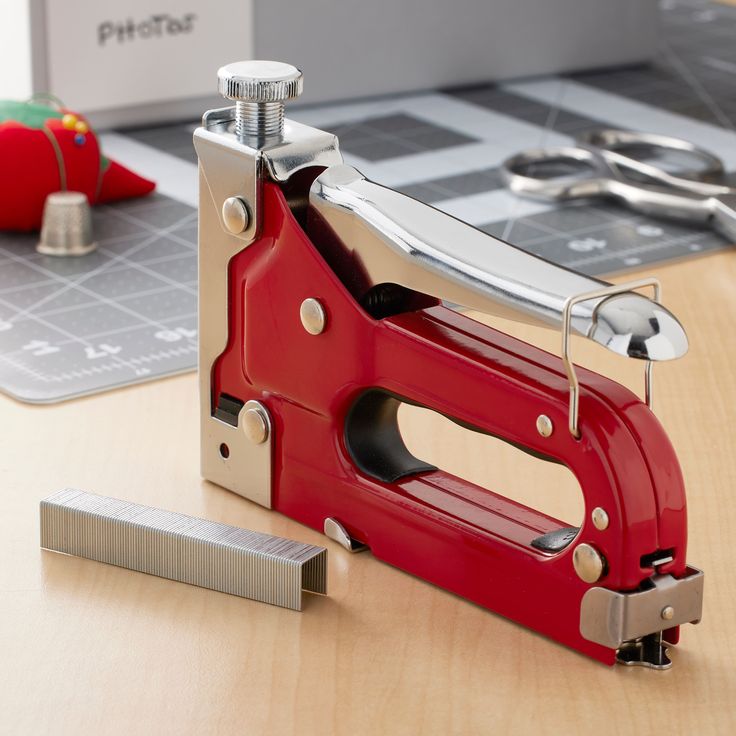Introduction
If you’re into DIY projects or woodworking, chances are you’ve come across the term wood stapler. This versatile tool plays a crucial role in assembling wooden pieces, securing materials, and ensuring structural integrity. Whether you’re building furniture, crafting decorative items, or fixing loose boards, a wood stapler can simplify your work significantly.
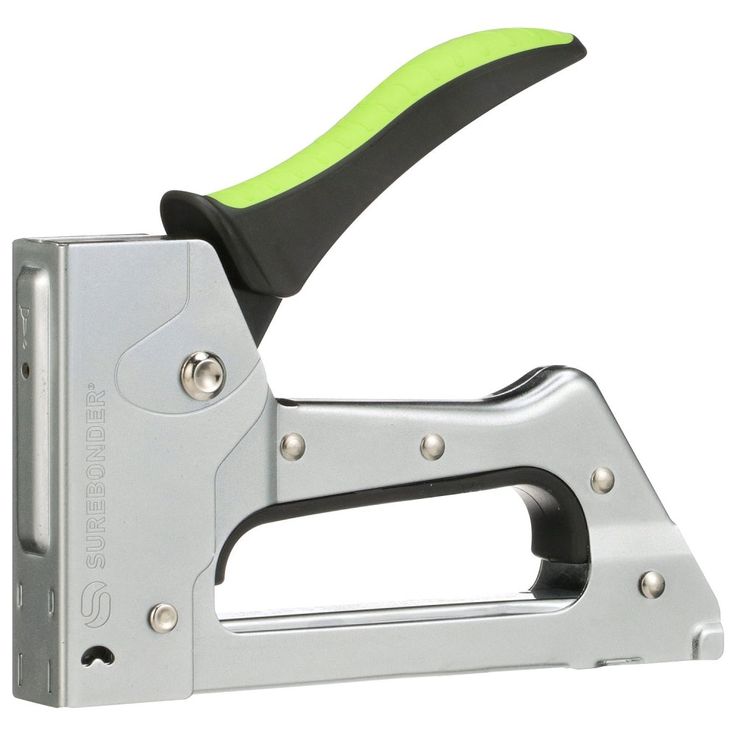
A wood stapler works by driving sturdy metal staples into wood surfaces, creating strong bonds that hold components together. Unlike nails or screws, staples provide a cleaner finish and are less likely to split delicate woods. Moreover, they allow for faster assembly, saving both time and effort. In this article, we’ll explore the importance of wood staplers, their various types, and how to select the right one for your project.
Woodworking has evolved over the years, with modern tools like wood staplers offering unprecedented convenience. For example, if you’re constructing a bookshelf, using a wood stapler ensures that the joints remain tight without visible hardware. Similarly, when attaching upholstery fabric to chair frames, staples create a secure bond while maintaining a sleek appearance. These examples highlight why wood staplers have become essential for both hobbyists and professionals alike.
Why You Need a Wood Stapler for Your Projects
There are countless reasons why a wood stapler should be part of your toolkit. First, it enhances productivity by enabling quick and secure fastening of wooden parts. For instance, imagine assembling a wooden frame for a picture display. Using a wood stapler allows you to join the pieces seamlessly, reducing the risk of misalignment or gaps. Additionally, staples create minimal surface disruption, making them ideal for projects where aesthetics matter.
Another advantage lies in versatility. Modern wood staplers cater to a wide range of applications, from light-duty crafts to heavy-duty construction tasks. Depending on your needs, you can choose between manual models for smaller jobs or pneumatic versions for larger-scale projects requiring more power. Furthermore, these tools help maintain precision, reducing errors during assembly. With so many benefits, it’s no wonder wood staplers have become essential for hobbyists and professionals alike.
Let’s consider another scenario: you’re working on a large outdoor deck project. A pneumatic wood stapler would enable you to secure planks quickly and efficiently, even under challenging weather conditions. On the other hand, if you’re crafting intricate wooden boxes, a lightweight manual stapler might suit your needs better. Understanding the nuances of different wood staplers empowers you to make informed decisions tailored to your specific requirements.
Types
Not all wood staplers serve the same purpose, which is why understanding their differences is key to selecting the right one. There are primarily two categories: manual and pneumatic.
- Manual Wood Staplers: These operate through hand pressure, making them suitable for small-scale projects. They’re lightweight, portable, and don’t require external power sources. However, they may lack the force needed for thicker woods or demanding tasks. Manual staplers are perfect for tasks like attaching trim, assembling lightweight frames, or securing thin veneers.
- Pneumatic Wood Staplers: Powered by air compressors, these tools deliver greater strength and efficiency. Ideal for heavy-duty applications like furniture assembly or deck building, pneumatic staplers handle tougher materials effortlessly. Their downside? They need access to electricity or compressed air, limiting portability. Pneumatic staplers excel in environments where speed and power are critical, such as professional workshops or construction sites.
Within these categories, you’ll also find variations based on staple size, firing mechanism, and durability. Consider what kind of projects you typically undertake before deciding which type suits you best. For example, if you focus on fine woodworking, a compact manual stapler might suffice. Conversely, if you build custom cabinets or construct large structures, investing in a robust pneumatic model could prove worthwhile.
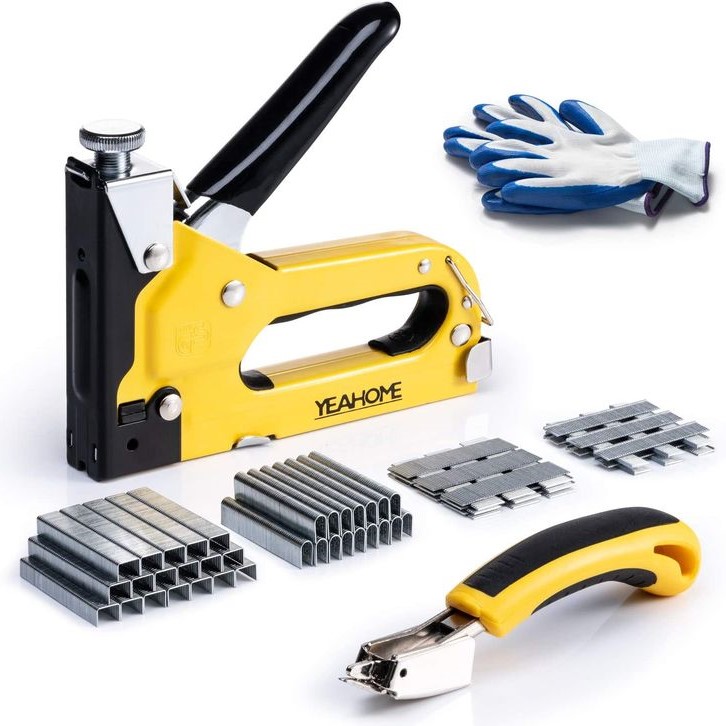
Factors to Consider
Choosing the right wood stapler involves evaluating several factors. Here’s a detailed breakdown to guide your decision:
- Project Requirements: Assess whether you need a tool for occasional use or frequent, large-scale tasks. Heavy-duty projects often demand pneumatic staplers, while lighter crafts suit manual ones. Think about the scope of your future projects to ensure compatibility.
- Material Thickness: Ensure the stapler can penetrate the thickest material you plan to work with. Some models come with adjustable depth settings for versatility. If you frequently work with hardwoods, prioritize tools designed for high penetration power.
- Staple Compatibility: Check if the stapler supports the sizes and types of staples required for your projects. Common options include T50, T27, and T15 staples. Each staple type serves distinct purposes, so verify that your chosen stapler accommodates the ones you need most.
- Ergonomics: Opt for a model with comfortable grips and balanced weight to reduce fatigue during prolonged use. Look for features like rubberized handles or anti-vibration technology, especially if you anticipate extended sessions.
- Brand Reputation: Invest in reputable brands known for quality and customer support. Reading reviews can provide insights into real-world performance. Brands with established track records tend to offer reliable products backed by warranties or after-sales services.
By carefully weighing these aspects, you increase the likelihood of finding a wood stapler that meets your specific needs. Remember, the best tool isn’t necessarily the most expensive one—it’s the one that aligns perfectly with your intended usage.
Tips for Using
To maximize the potential of your wood stapler, follow these practical tips:
- Preparation Is Key: Before starting, ensure your workspace is clean and organized. Clamp down the pieces you intend to staple to avoid movement during operation. Proper preparation prevents accidents and improves accuracy.
- Correct Alignment: Position the stapler perpendicular to the surface to achieve straight, even staples. Misaligned shots could weaken the bond or damage the wood. Practice aligning the stapler correctly to develop muscle memory over time.
- Test Shots: Practice on scrap wood first to familiarize yourself with the tool’s pressure and staple placement. This minimizes mistakes when working on actual projects. Testing helps you understand the stapler’s capabilities and limitations.
- Safety First: Always wear protective gear, including gloves and goggles, to shield against flying debris or accidental slips. Safety shouldn’t be compromised, regardless of how experienced you are.
- Regular Maintenance: Clean the stapler after each use and lubricate moving parts as recommended by the manufacturer. Proper upkeep extends the tool’s lifespan and ensures consistent performance. Regular maintenance also reduces the likelihood of jams or misfires.
Adopting these habits not only improves results but also ensures safer usage over time. Consistency in following these guidelines leads to better outcomes and increased confidence in your abilities.
Common Mistakes to Avoid
Even experienced users occasionally fall prey to pitfalls when using a wood stapler. Below are some common errors and how to avoid them:
- Over-Stapling: Using too many staples in one area weakens the structure rather than strengthening it. Stick to recommended spacing guidelines provided by manufacturers or industry standards. Over-stapling can lead to unnecessary stress on the material.
- Ignoring Material Type: Not all woods react the same way to staples. Hardwoods, for example, may require pre-drilling to prevent splitting. Ignoring material properties can result in costly mistakes or damaged pieces.
- Neglecting Depth Control: Setting staples too deep risks damaging the material, while setting them too shallow compromises holding power. Adjust accordingly based on the thickness and density of the wood being used.
- Skipping Maintenance: Failing to clean or oil the stapler leads to jamming or misfires, disrupting workflow. Neglecting routine maintenance shortens the tool’s lifespan and increases repair costs over time.
By staying mindful of these issues, you can sidestep frustration and achieve better outcomes. Developing awareness of potential problems enables you to address them proactively.
Alternatives
While wood staplers excel at certain tasks, there are alternative tools worth considering depending on the job. Nails, screws, and adhesives each offer unique advantages. For example, nails provide excellent holding power for outdoor structures, whereas screws allow for easy disassembly if needed. Adhesives, such as wood glue, create invisible bonds perfect for finished surfaces.
That said, none of these alternatives match the speed and convenience of a wood stapler for joining multiple pieces quickly. Staples offer a balance of strength and invisibility, making them ideal for applications where appearance matters. For instance, when attaching fabric to chair frames, staples outperform nails or glue due to their ability to grip securely without leaving visible marks.
Understanding when to use each tool helps optimize your workflow and achieve professional-quality results. Combining tools strategically allows you to leverage their individual strengths for maximum effectiveness.
Conclusion
In conclusion, a wood stapler is far more than just another tool—it’s a game-changer for anyone serious about DIY projects or woodworking. Its ability to combine speed, precision, and reliability makes it indispensable for assembling everything from picture frames to patio furniture. By choosing the right type, following best practices, and avoiding common mistakes, you unlock the full potential of this powerful device.
So, whether you’re a seasoned craftsman or a beginner exploring new hobbies, investing in a quality wood stapler pays dividends in terms of efficiency and craftsmanship. Remember, the right tools make all the difference, and a wood stapler might just become your favorite addition to the workshop. Embrace the possibilities it offers, and watch your projects reach new heights of excellence.
